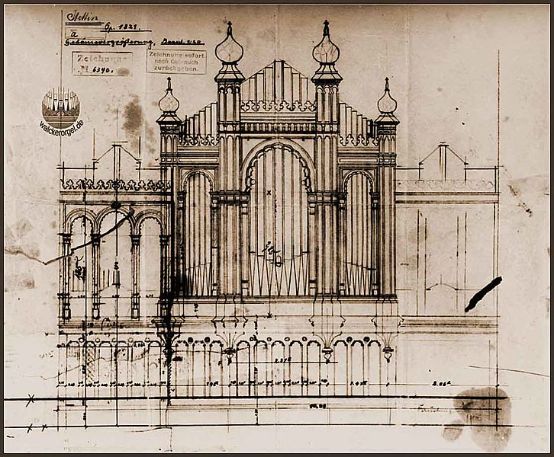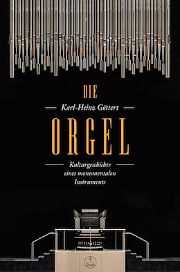Monumental instrument - brief appraisal
In his cultural history of the organ, Karl-Heinz Göttert presents a wealth of information in an easily readable form. However, the connoisseur of the subject is not entirely satisfied.

The author, Professor Emeritus of Early German at the University of Cologne and author of several organ guides, has set himself an extremely challenging task with this book. Writing a cultural history of an instrument that probably stands like no other in a field of tension that combines economic, sociological, religious-historical and denominational aspects as well as questions of craftsmanship, acoustics, architecture and composition is probably hardly possible without a certain amount of superficiality. It is therefore all the more surprising that a great many topics have found their way into this publication, or are at least briefly touched upon: After an introduction to the early days of the organ, the various national styles are described, organ building and its context are outlined using the example of some great names (Schnitger, Silbermann, Walcker, Cavaillé-Coll) or historical developments (organ in the "Third Reich"), some organists and their environment are described (from Francesco Landini in the 14th century to the "enfant terrible" Cameron Carpenter) and a brief picture of organ music in today's media is drawn.
It is undisputed that one can get a picture of the subject matter here in a short time and still enjoy a "palatable" read. However, as you read on, you are annoyed by the occasionally rather casual language (Bach's "brutally difficult" trio sonatas) and by more or less factual inaccuracies; for example, Haydn wrote not just "one" but 30 pieces for the flute clock, and Michael Praetorius hardly describes the disposition of the "Bach organ" (!) in the Thomaskirche Leipzig in 1619. On the other hand, the bibliography lists a whole series of more or less well-known works, but no citations are provided, nor are the origins of unsubstantiated theories, e.g. Michael Gotthard Fischer's authorship of the anonymous works long attributed to Bach. Eight little preludes and fugues. It's a shame, because Göttert's book, which is fluently written, avoids unnecessary technical jargon and is beautifully illustrated, certainly succeeds in arousing curiosity for further reading.
Conclusion: a book to be enjoyed with a little caution, which is probably more suitable for enthusiasts than for connoisseurs!
Karl-Heinz Göttert: The Organ - Cultural History of a Monumental Instrument, 408 p., € 34.95, Bärenreiter, Kassel 2017, ISBN 978-3-7618-2411-5








